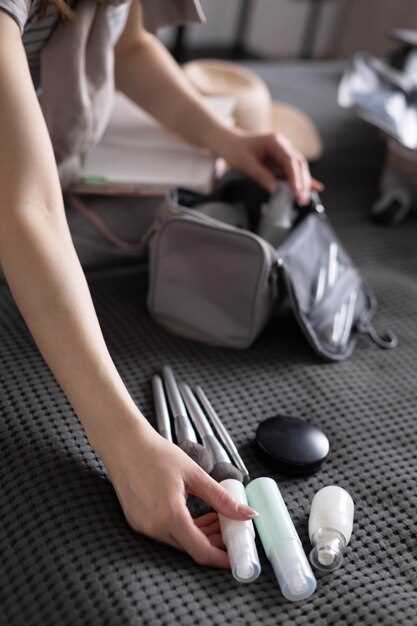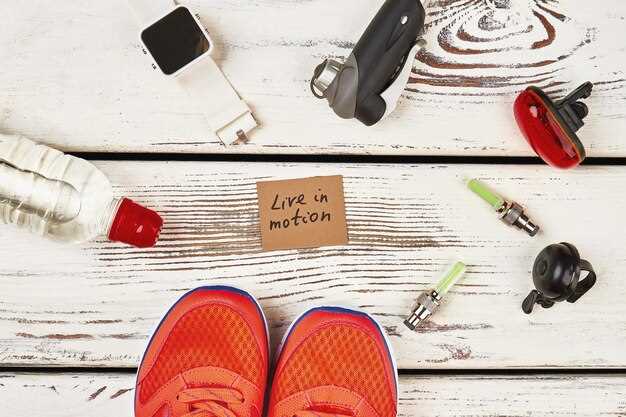
Your first track day is an exhilarating opportunity to explore the limits of your vehicle and enhance your driving skills. However, to maximize your experience, proper prep is essential. Making key modifications to your car can significantly improve performance, safety, and overall enjoyment on the track.
Before hitting the track, it’s crucial to ensure your vehicle is equipped to handle the unique demands of high-speed racing. Focus on adjustments that enhance cornering ability, braking performance, and stability. Understanding these key modifications will help create an optimal environment for both you and your car during an adrenaline-filled day on the track.
In this article, we will explore the most impactful modifications to consider before your first track day, ensuring you are well-prepared for an unforgettable experience. From suspension upgrades to tire selection, each adjustment plays a critical role in transforming your daily driver into a race-ready machine.
Optimizing Tire Performance for Track Days

Preparing your car for a track day involves several considerations, but optimizing tire performance is one of the most crucial factors. The tires are the only contact point between your vehicle and the track, so ensuring they are well-suited for high-performance driving is essential.
Selecting the Right Tires: Begin by choosing tires that cater specifically to track performance. Track-oriented tires offer better grip and handling compared to regular street tires. Look for tires labeled as summer or track day tires that provide optimal adhesion and stability at higher temperatures.
Correct Tire Pressure: Maintaining the correct tire pressure is vital for maximizing grip and ensuring even wear. Before hitting the track, check the manufacturer’s recommendations and adjust the pressure based on the expected conditions of the day. Generally, track tires perform better with slightly higher pressures than street use, but it may require some experimentation to find the ideal balance for your specific car.
Heat Management: Tires operate differently as they heat up during track sessions. Proper heat management can significantly enhance performance. Monitor tire temperatures throughout the day using a temperature gun. Aim for a balanced temperature across the tire tread to ensure optimal grip and avoid premature wear. If tires are running too cool, consider adjusting driving style or pressures to generate more heat.
Alignment and Suspension Setup: A precise alignment is key to maximizing tire contact with the track. Ensure your car’s alignment is set up for track use, as this can greatly influence handling and tire performance. Additionally, consider adjusting the suspension geometry to enhance tire wear characteristics, ensuring that your tires maintain better contact during cornering.
Regular Inspection: After each session, inspect your tires for any signs of wear or damage. Check for uneven wear patterns, which can indicate alignment or suspension issues. Addressing any concerns promptly can help you maintain optimal tire performance and overall car handling throughout the day.
By focusing on these aspects, you can significantly improve tire performance on your track day. Enhanced grip and stability will lead to better lap times and a more enjoyable driving experience.
Brake Upgrades to Enhance Safety and Control

One of the most critical aspects of preparing your car for a track day is ensuring that your braking system is up to the task. Upgraded brakes not only improve safety but also enhance control during high-speed maneuvers. Here are essential brake modifications to consider before hitting the track.
1. High-Performance Brake Pads
Upgrading to high-performance brake pads is one of the easiest ways to enhance braking capability. These pads are designed to withstand higher temperatures, providing better bite and reduced fade during consistent heavy braking. Look for pads made from materials specifically engineered for track use, ensuring optimal performance when it matters most.
2. Premium Brake Rotors
Consider investing in slotted or cross-drilled rotors, which improve heat dissipation and help prevent brake fade. These modifications allow for better pad interaction, reducing the chances of warping under extreme conditions. Choosing rotors that are lightweight can also contribute to overall handling and performance.
3. Stainless Steel Brake Lines
Replacing standard rubber brake lines with stainless steel braided lines significantly enhances pedal feel. These lines resist expansion under pressure, delivering a firmer and more responsive brake pedal. This upgrade leads to improved control, especially during high-demand track conditions.
4. Upgraded Brake Fluid
High-quality brake fluid with a higher boiling point is essential for track performance. Standard brake fluid can vaporize under extreme heat, leading to brake failure. Switching to a racing-specific fluid ensures consistent performance even during prolonged braking, giving you the confidence needed for sharp turns and quick stops.
5. Brake Cooling Solutions
Incorporating brake cooling ducts or air scoops can further enhance the effectiveness of your brake system. By directing airflow to the brake components, you can minimize overheating, thus maintaining optimal performance throughout your track day. Efficient cooling solutions contribute significantly to reliability and safety.
Investing in these brake upgrades not only contributes to a safer track experience but also enhances your overall control and confidence behind the wheel. Proper prep and upgrades will ensure that your car is ready to perform at its best while maximizing enjoyment on the track.
Tuning Suspension for Better Handling on the Track
To maximize your car’s performance during a track day, proper suspension tuning is essential. A well-tuned suspension enhances handling, providing better grip and stability when navigating sharp corners and high-speed straights. Start by adjusting the spring rates to match your car’s weight and intended usage on the track. Stiffer springs typically reduce body roll, allowing for quicker direction changes and better responsiveness.
Damping settings also play a crucial role in suspension tuning. Fine-tuning compression and rebound settings can improve both ride quality and traction. A higher compression setting will help limit the suspension’s travel during aggressive cornering, while an appropriate rebound setting ensures that the suspension returns to its original position effectively, maintaining tire contact with the track surface.
Additionally, consider adjustable anti-roll bars to help control body lean. A stiffer front bar may reduce understeer, while a stiffer rear bar can help combat oversteer. Adjust these bars according to your driving style and the balance you wish to achieve between the front and rear of the car.
Finally, invest in quality tires that match your suspension setup. The right tires will provide the necessary grip, enhancing the overall handling experience on the track. Remember, a balanced approach to tuning your suspension will yield the best results, allowing you to enjoy your track day with confidence and control.



